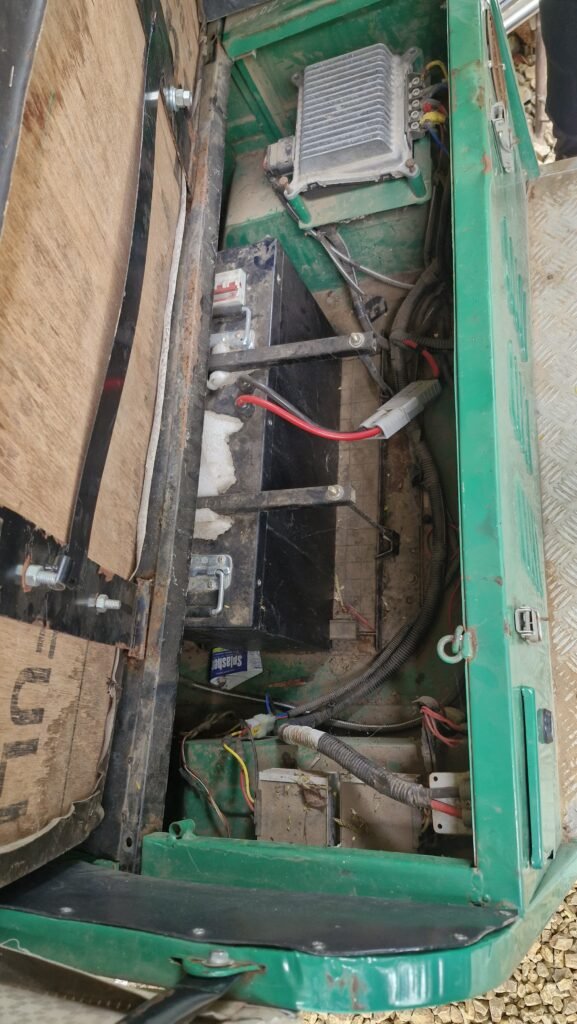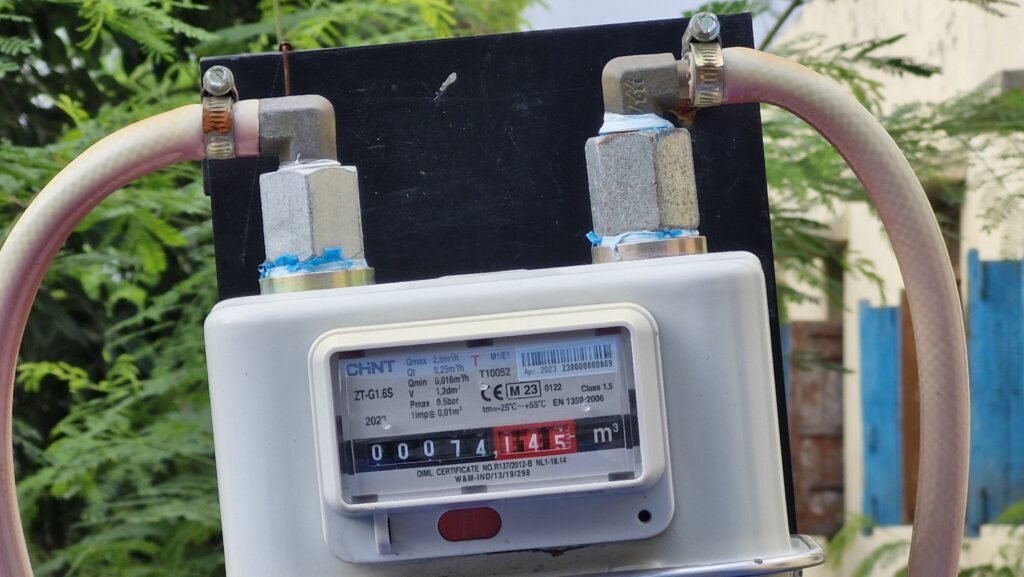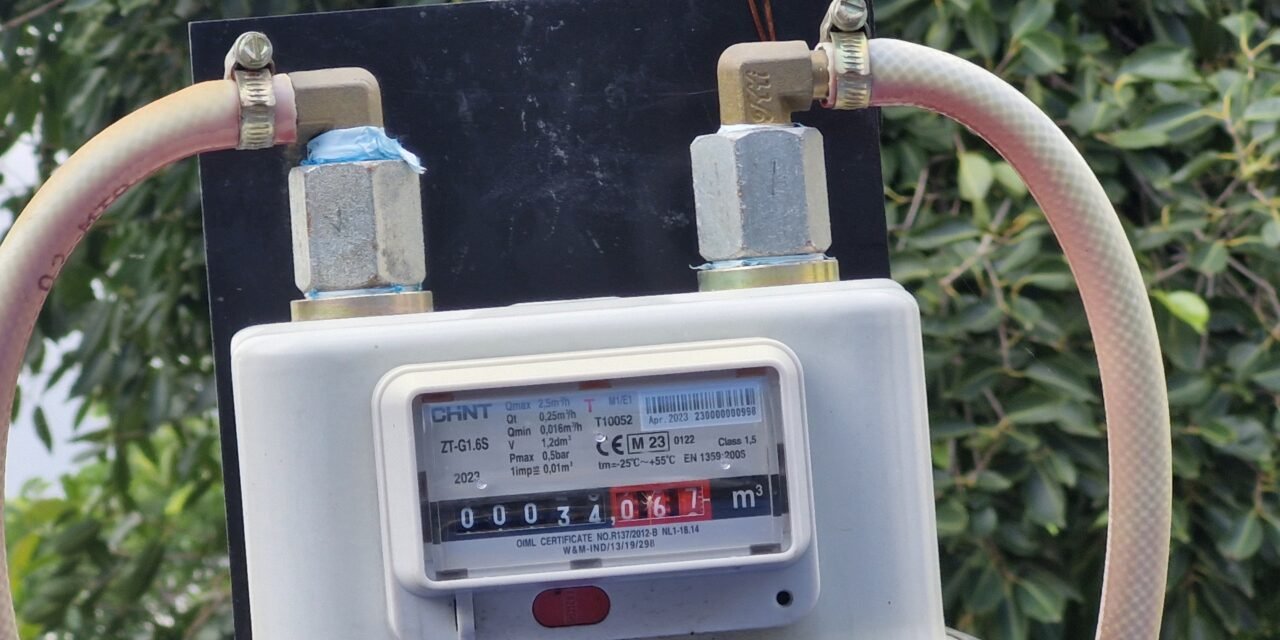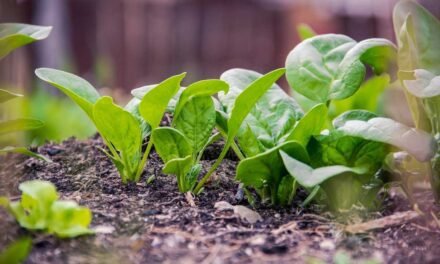May 30:
Today marked the beginning of my research internship at Vigyan Ashram in Pabal. Upon arrival, I spent the day exploring the ashram to get acquainted with the surroundings and the facilities available. This initial exploration was crucial for understanding the environment in which I would be working. I also settled into my allocated room, unpacking my luggage and setting up my personal space to ensure a comfortable and conducive living arrangement for the duration of my internship.
May 31:
I dedicated today to a detailed analysis of how research is conducted at Vigyan Ashram. This involved observing the daily routines, the structure of ongoing projects, and the methodologies employed in research activities. Understanding these aspects was essential for integrating myself into the research framework of the ashram. I also interacted with various members of the ashram to gain insights into their roles and contributions to the research projects.
June 1:
Today, I participated in a comprehensive tour of the Vigyan Ashram campus. This tour was organized to familiarize myself with the entire layout of the ashram, including key facilities such as laboratories, workshops, residential areas, and common spaces. Knowing the complete map of the ashram helped me navigate the campus more efficiently and understand the logistical aspects of my upcoming research activities.
June 2:
The day started with an introduction to the internship program and an orientation session. I had an initial meeting with my project supervisor to discuss the objectives and timeline of my research project. This meeting was crucial for setting clear expectations and understanding the scope of my work. Following the orientation, I began an overview of solar photovoltaic (PV) systems and started the initial literature review to build a foundational understanding of the technology and its applications.
June 3:
Continuing from yesterday, I delved deeper into the literature review, focusing on the basics of solar PV systems. I studied the underlying physics, the materials used in constructing PV panels, and the factors influencing their efficiency. This involved reading research papers, textbooks, and online resources. I started preparing detailed notes on the gathered information, which would serve as a reference for my project and help in identifying key areas for further investigation.
June 4:
Today’s research focused on understanding different types of solar PV systems, including solar mini-grids, solar rooftop systems, and standalone systems. I also analyzed the drawbacks of solar PV systems during grid power outages. This involved studying case studies and technical papers to identify common issues and potential solutions. The insights gained from this research would inform the practical aspects of my project and help in addressing real-world challenges associated with solar PV systems.
June 5:
I spent the day identifying and mapping out the existing energy resources at Vigyan Ashram. This included surveying the installed solar panels, grid connections, and other renewable energy sources. I documented the specifications and locations of these resources, which provided a comprehensive understanding of the current energy infrastructure. This information was essential for planning the integration of new solar PV systems and optimizing energy utilization at the ashram.
June 6 – June 8:
During these days, I focused on searching for specific research projects related to solar photovoltaic applications. I explored potential projects such as solar water heating, a canteen chapati making machine, and other resistive load applications. This involved reviewing technical literature, identifying practical applications, and assessing the feasibility of implementing these projects at the ashram. The goal was to identify projects that could benefit from solar PV technology and address specific needs within the ashram.
June 9:
Today, I met with Rutuja, a lead at the ashram who needed hot steam water for her noodle production business. We discussed the requirements and decided to explore a solution using solar energy. The plan was to operate an immersion rod directly with DC current produced by the solar panels. This practical application aimed to provide a sustainable and cost-effective solution for her business. We outlined the technical specifications and began planning the implementation of the project.
June 10 – June 12:
I conducted experiments to measure the effect of panel temperature on electricity generation. These experiments involved monitoring the power output of the solar panels under different temperature conditions. However, due to cloudy weather, the solar panels were not producing the required power consistently. Despite this challenge, I gathered valuable data and observations that would inform future experiments and help in understanding the performance of solar PV systems under varying environmental conditions.
June 13:
Today, I recorded temperature readings of boiling water heated by the immersion rod powered by solar panels. The temperature readings were as follows: normal water temperature: 24.6°C, after 5 minutes: 29°C, after 10 minutes: 37°C, after 15 minutes: 45°C, and after 20 minutes: 54°C. These readings provided empirical data on the heating efficiency of the solar-powered immersion rod. The data was crucial for evaluating the system’s performance and identifying areas for improvement.
June 14:
I spent the day analyzing the temperature rise in water with respect to time. This involved performing energy calculations using appropriate formulas to quantify the heating efficiency of the solar-powered water heating system. The analysis provided insights into the relationship between power input, time, and temperature rise, helping to understand the system’s effectiveness and potential improvements.
June 15:
Today, I focused on finding a suitable location within the ashram to utilize a 2KW solar panel system for heating water. The objective was to provide hot water for bathing during the rainy season, addressing a specific need within the ashram. I assessed various locations, considering factors such as accessibility, proximity to the panels, and water usage patterns. Identifying the right location was critical for ensuring the system’s effectiveness and user convenience.
June 16:
I found an ideal location with a ready insulated tank near the DIC hostel at the ashram. This location was well-suited for integrating the solar panel system for water heating. I planned the installation and integration of the solar panel system with the insulated tank, ensuring that the setup would be efficient and meet the needs of the ashram residents. The availability of the insulated tank simplified the installation process and provided a practical solution for hot water supply.
June 17 – June 19
Over these days, I collaborated with Atharv on his bicycle battery project. We delved into the intricacies of battery maintenance, which involved checking the voltage of each cell meticulously to ensure they were functioning optimally. This process required us to balance the cells, a crucial step in maintaining battery efficiency and longevity. Through this hands-on experience, I gained a deeper understanding of battery technology, including the challenges and best practices associated with maintaining and optimizing battery performance.

June 20
Today, I had an important meeting with IIT Faculty Coordinator Vikrant Katekar Sir. We reviewed the work I had accomplished so far, discussing the progress of my research and the insights gained. This meeting was pivotal as it provided me with valuable feedback and helped clarify the direction for the upcoming phases of my project. We outlined the next steps, setting clear goals and timelines to ensure that my research continues to align with the overall objectives of the internship program.
June 21 – June 22
During these two days, I immersed myself in learning about biogas. I studied the different types of biogas systems, their construction, and operational principles. Additionally, I explored various factors that influence biogas production, such as feedstock types, temperature, and microbial activity. Understanding these elements was crucial for comprehending how to optimize biogas production and address potential issues. This knowledge would be instrumental in evaluating and improving the biogas systems at Vigyan Ashram.
June 23 – June 24
I visited the Mukhai Ashram School to inspect their solar panel setup and balloon-type biogas system. This visit provided me with practical insights into the real-world implementation of renewable energy systems. I observed the design, installation, and operational aspects of their solar panels and biogas system. Interacting with the staff, I gathered information on the challenges they face and the benefits they experience from these technologies. This hands-on experience enriched my understanding and inspired ideas for potential improvements.
June 25 – June 26
I dedicated these days to understanding the net metering bill of the Mukhai Ashram School and conducting a thorough system analysis. This involved examining the school’s energy consumption, production data, and the financial implications of their renewable energy systems. I identified areas where maintenance was needed and potential opportunities for optimizing their energy use. This analysis was essential for developing strategies to enhance the efficiency and cost-effectiveness of the school’s energy systems.

June 27 – June 29
I focused on brainstorming and evaluating new project ideas for Vigyan Ashram that are based on solar technology. This involved researching innovative solar applications and assessing their feasibility and potential impact. I considered various factors such as the ashram’s energy needs, available resources, and sustainability goals. The aim was to identify projects that could significantly enhance the ashram’s energy efficiency and contribute to its mission of promoting sustainable living practices.
June 30
Dixit Sir conducted a comprehensive tour of the ashram for the IIT interns, including me. He explained each project in detail, covering the objectives, methodologies, and outcomes. This tour was incredibly informative as it provided a holistic view of the various initiatives underway at Vigyan Ashram. Understanding the diverse projects helped me appreciate the interdisciplinary approach of the ashram and how each project contributes to the overall vision of sustainable development and innovation.
July 1 – July 2
We had an engaging discussion on a new project idea related to heating sand, a concept known as a sand battery inspired by Finnish technology. This innovative approach involves using sand to store thermal energy, offering a potential solution for energy storage challenges. We explored the technical aspects, potential applications, and benefits of implementing such a system at Vigyan Ashram. This discussion opened up new avenues for research and experimentation, aligning with our goal of advancing sustainable energy solutions.
July 3 – July 6
Finding the Efficiency of Solar PV Panel and Solar Thermal Water Heater in Typical Cloudy Weather. During this period, I delved into assessing the efficiency of solar PV panels and solar thermal water heaters under typical cloudy weather conditions. This involved rigorous testing and data collection to understand how these systems perform when sunlight is less abundant. The results were insightful, highlighting the practical implications for renewable energy systems in varying weather conditions.
July 7
Calculations and Final Efficiency Findings of Solar Panel and Solar Thermal Water Heater. On July 7, I completed the calculations based on the data gathered earlier, determining the final efficiency figures for both the solar PV panel and solar thermal water heater. These findings provided concrete metrics on how effective these technologies are in converting solar energy into usable power and heat, even under suboptimal weather conditions.
1st Day
Firstly we measure the diameter and length of the evacuated tube with the help of metric tape.
Diameter of evacuated tube = 5.5 cm
Length of evacuated tube = 174cm
Now,
Area of one evacuated tube collector= l * b
=5.5*174 = 957 cm2
But here total 32 evacuated tube
Hence,
total area of evacuated tube collector= 957*32 =30624 cm2 =3.06 m2
Temperature of water at 9 am= 39°C
Temperature of water at 5 pm=46°C
Capacity of storage water tank = 500LPD
energy in 1 m2 = 813
Now,
Input = Total area of ETC× Energy in 1 m² ×Time
= 3.06×813×8×3600
= 71.648 × 10⁶ J
Output= Capacity of storage tank × 4.186 × Temperature difference
= 500 × 10³ × 4.186 × 7
= 14.651 × 10⁶ J
Therefore,
Efficiency of solar water heater= Output/Input
= 14.651 × 10⁶ / 71.648 ×10⁶
= 0.2044
= 20%
2nd Day
Firstly we measure the diameter and length of the evacuated tube with the help of metric tape.
Diameter of evacuated tube = 5.5 cm
Length of evacuated tube = 174cm
Now,
Area of one evacuated tube collector= l * b
=5.5*174 = 957 cm2
But here total 32 evacuated tube
Hence,
total area of evacuated tube collector= 957*32 =30624 cm2 =3.06 m2
Temperature of water at 9 am= 38°C
Temperature of water at 5 pm=43°C
Capacity of storage water tank = 500LPD
energy in 1 m2 = 813
Now,
Input = Total area of ETC× Energy in 1 m² ×Time
= 3.06×813×8×3600
= 71.648 × 10⁶ J
Output= Capacity of storage tank × 4.186 × Temperature difference
= 500 × 10³ × 4.186 × 5
= 10.465 × 10⁶ J
Therefore,
Efficiency of solar water heater= Output/Input
= 10.465 × 10⁶ / 71.648 ×10⁶
= 0.14606
= 14%
July 8 – July 12
Work on Final Year Project – Automatic Thermact Dozing System Over the next few days, my focus shifted to my final year project titled “Automatic Thermact Dozing System.” I spent considerable time in the FabLab, developing and refining the prototype. This involved integrating sensors, programming logic, and testing the system’s functionality to ensure it meets the project objectives effectively
July 13th to 16th: Energy Auditing at Vigyan AshramOn the 13th of July, our team arrived at Vigyan Ashram, a place known for its innovative educational programs and commitment to sustainable practices. The goal for the next four days was clear: conduct a comprehensive energy audit to identify areas of improvement and suggest practical solutions.Our first day involved setting up our equipment and getting acquainted with the facilities. We met with the staff to understand their energy usage patterns and pinpoint key areas for our audit. The initial walkthrough revealed several potential areas for optimization, particularly in lighting, heating, and machinery usage.The second day was dedicated to detailed data collection. We measured energy consumption across various devices and sections of the ashram. Our team used advanced tools like power analyzers, thermal cameras, and lux meters to gather precise data.By the end of the day, we had a substantial amount of data that needed to be analyzed. We began by identifying the highest energy-consuming areas and noted any anomalies or inefficiencies. July 17th to 20th: Energy Auditing at Mukhai SchoolAfter the successful audit at Vigyan Ashram, we headed to Mukhai School on the 17th of July. The school, nestled in a rural area, presented a different set of challenges and opportunities.Our first day involved meeting with the school administration and understanding their energy consumption patterns. We conducted a preliminary walkthrough to identify key areas of focus for our audit, such as classrooms, the kitchen, and administrative offices.Similar to our approach at Vigyan Ashram, the second day was dedicated to data collection. We measured the energy usage of various appliances, lighting systems, and other electrical equipment. The school’s reliance on traditional lighting and older appliances indicated significant room for improvement.




